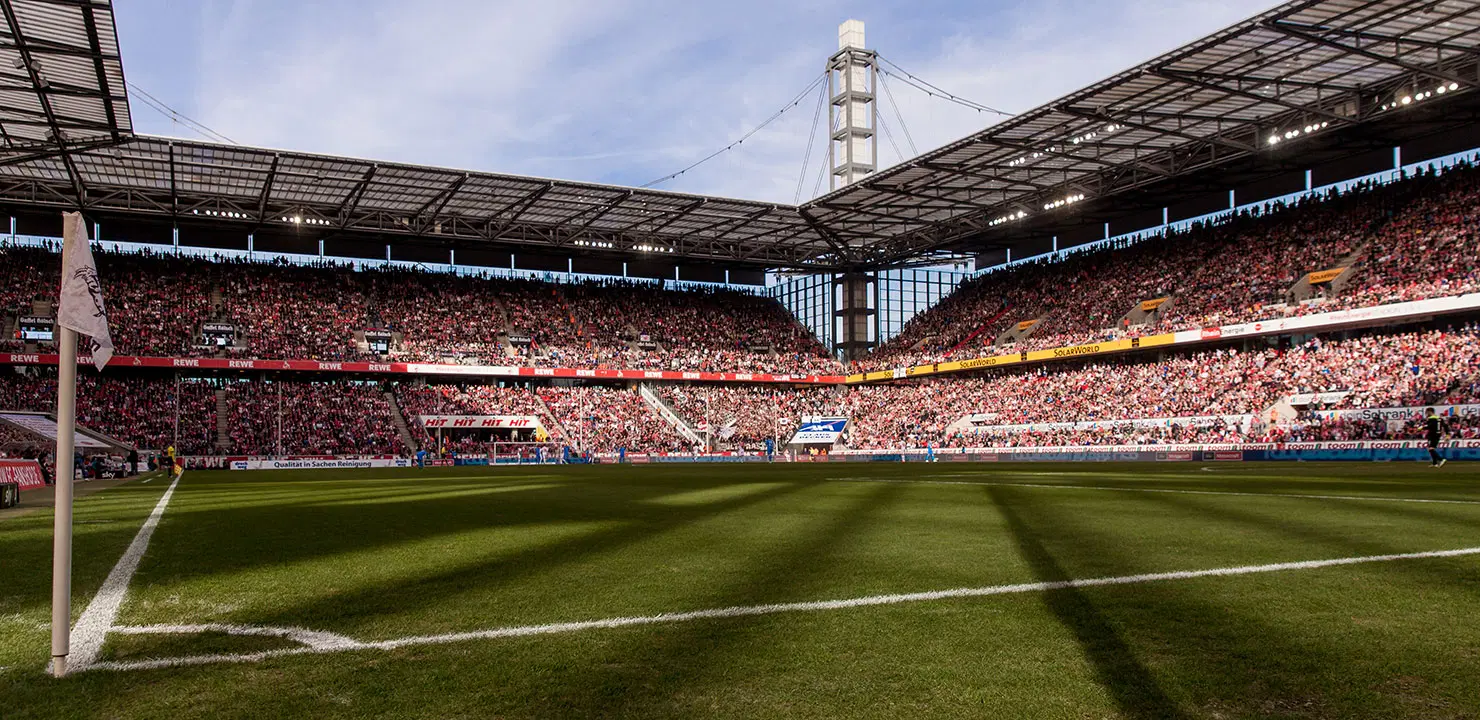As society continues to evolve, so do the expectations placed upon energy facilities. The future of the Rhein Energie Station is rife with opportunities and challenges that will shape its trajectory.
Ongoing Innovation and Research
The journey of the Rhein Energie Station does not end with current technologies and methodologies. Continuous innovation and research will remain paramount in adapting to emerging trends and demands 69VN.
Collaborations with universities, research institutions, and private enterprises are integral to fostering an environment where new ideas flourish. Such partnerships can yield breakthrough technologies that enhance energy efficiency, lower costs, and expand renewable capacities.
Moreover, investing in research focused on climate adaptability and resilience will further equip the station to navigate uncertainties brought about by climate change. By remaining ahead of the curve, the Rhein Energie Station can continue to lead the way in sustainable energy production.
Policy and Regulatory Landscape
The regulatory framework governing energy production can significantly influence the Rhein Energie Station’s future. Policymakers worldwide are increasingly prioritizing sustainability, signaling opportunities for energy stations to thrive while meeting compliance requirements.
Engaging proactively with policymakers allows the station to advocate for favorable regulations that support renewable initiatives. As governments implement incentives for clean energy production, the Rhein Energie Station could benefit from additional funding and resources to accelerate its transformation.
Ultimately, aligning with national and international climate goals will position the station as a leader in the energy transition, reinforcing its relevance in a rapidly changing landscape.
Global Trends and Market Dynamics
The energy market is inherently dynamic, shaped by evolving consumer preferences, technological advancements, and geopolitical factors. The Rhein Energie Station must remain attuned to these shifts to adapt and innovate accordingly.
As consumers increasingly seek eco-friendly options, there is an opportunity for the station to promote green energy products and services. Enhanced marketing strategies that highlight sustainable offerings can attract environmentally conscious customers, bolstering the station’s revenue streams.
Furthermore, navigating international markets may present opportunities to export expertise and technologies developed at the Rhein Energie Station. Share knowledge and collaborate with other regions looking to enhance their energy infrastructure—this creates a ripple effect, promoting sustainability on a broader scale.
Conclusion
The Rhein Energie Station embodies the spirit of innovation in the quest for a sustainable energy future. By harnessing renewable resources, embracing cutting-edge technologies, and engaging with communities, it sets an example for facilities around the world. As we look forward, the operational framework, technological advancements, environmental stewardship, and future prospects of the station indicate a bright path ahead—one that embraces collaboration, creativity, and resilience in the face of challenges. Ultimately, the Rhein Energie Station not only seeks to power homes and businesses but also to inspire a global movement towards a cleaner, greener future for generations to come.
